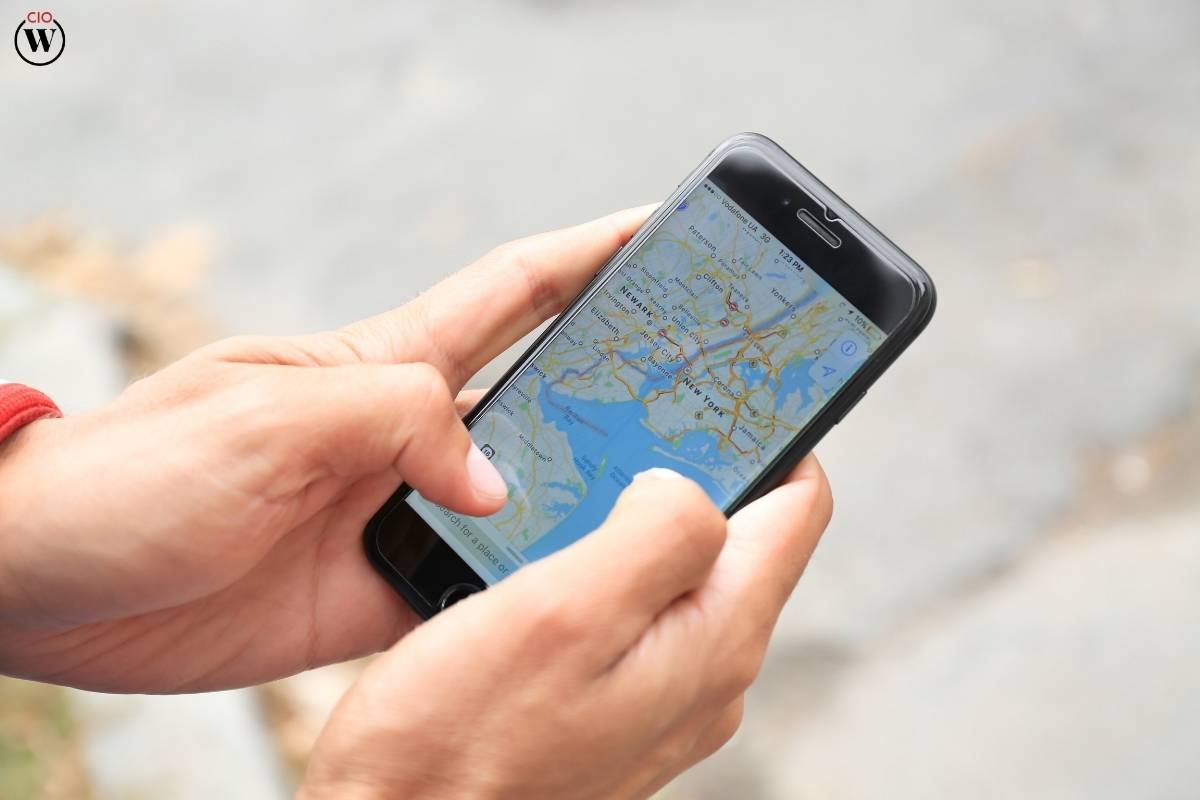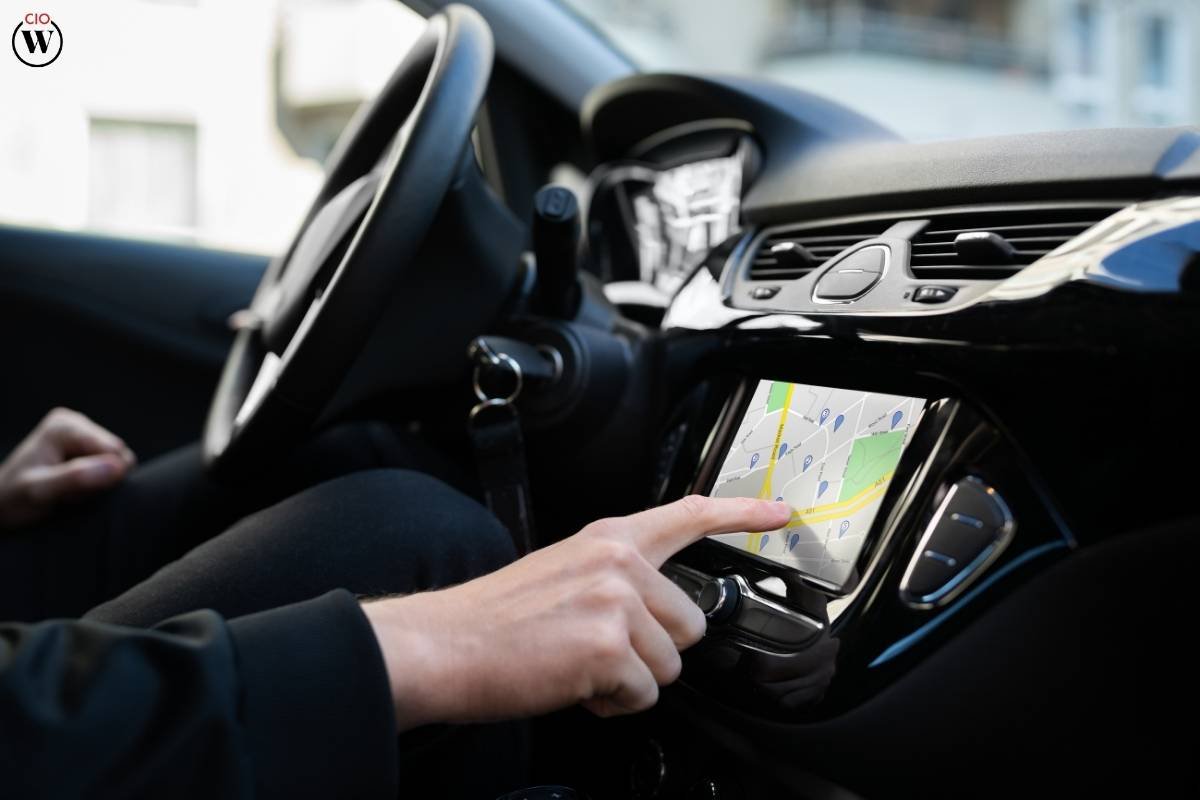Google Maps uses a sophisticated routing algorithm, which algorithm is used in Google Maps, to guide users efficiently through roads and cities worldwide. This algorithm considers factors like distance, traffic conditions, and user preferences to calculate the quickest routes. It continuously updates in real-time, adapting to changes such as traffic jams or road closures. By integrating GPS data and machine learning, Google Maps provides accurate, responsive navigation that learns from user interactions, ensuring reliable guidance for millions of people daily.
Understanding Routing Algorithms
Routing algorithms are like digital navigators, crunching data to find the best routes for travelers. In Google Maps, these algorithms are the backbone, analyzing factors beyond just distance. They consider real-time traffic updates, road closures, and even user preferences to suggest the fastest routes possible. This dynamic approach ensures users get timely and accurate navigation, adapting swiftly to changing conditions. Google Maps’ choice of algorithm is pivotal; it blends advanced computational techniques with massive datasets to predict and optimize travel paths, making “algorithm is used in Google Maps” it indispensable for daily commuters and travelers navigating unfamiliar terrain alike.
Evolution of Navigation Technology
Since its debut in 2005, Google Maps has undergone transformative advancements aimed at improving user navigation. Initially, the app relied on straightforward routing algorithms that focused primarily on calculating the shortest distance between two points. However, as technology progressed, so did Google Maps. It began integrating more sophisticated algorithms capable of considering real-time traffic conditions, ensuring users could navigate around congestion and road closures effectively.

This evolution marked a significant shift towards providing not just routes, but intelligent, dynamic navigation solutions tailored to the complexities of modern urban and rural landscapes. Today, Google Maps continues to innovate, leveraging cutting-edge technologies to redefine how “algorithm is used in Google Maps” we navigate our world.
The Role of Machine Learning
Machine learning is integral to how Google Maps optimizes routes. It processes immense datasets—both historical and real-time—to predict traffic patterns and suggest efficient routes. These algorithms analyze factors like traffic congestion trends, time of day, and historical data on road closures to adjust recommendations in real-time. By learning from user behavior, such as preferred routes or times of travel, Google Maps can personalize suggestions and improve accuracy. This adaptive capability ensures that users receive reliable navigation that not only responds to current conditions but also anticipates future changes, making journeys smoother and more efficient for millions of global users. The algorithm is used in Google Maps to continuously refine its recommendations based on real-world data.
Dynamic Adaptation to Real-Time Conditions
Google Maps excels in real-time route adaptation by harnessing predictive analytics and crowd-sourced data. Predictive analytics anticipates traffic patterns and suggests alternate routes before congestion worsens, enhancing efficiency. Crowd-sourced data, gathered from users’ GPS signals and feedback, provides up-to-the-minute insights into road conditions. This dual approach allows Google Maps to dynamically reroute users to avoid delays caused by accidents or construction. By integrating these technologies seamlessly, Google Maps ensures that “algorithm is used in Google Maps” users experience smooth, time-saving navigation regardless of fluctuating traffic conditions, reaffirming its status as a leading navigation tool worldwide.
Integration with GPS Technology
GPS (Global Positioning System) technology is crucial to how Google Maps operates, acting as its foundational element. By receiving signals from satellites orbiting the Earth, GPS enables Google Maps to pinpoint your exact location anywhere on the globe. This precise location data serves as the bedrock for the routing algorithm is used in Google Maps, allowing it to calculate optimal routes tailored to current conditions.

Whether you’re navigating busy city streets or remote countryside, this integration ensures that Google Maps can guide you seamlessly, adjusting routes in real time based on your movement and external factors like traffic updates. It’s this integration of GPS technology that makes Google Maps a reliable companion for navigating diverse landscapes worldwide.
Privacy and Data Security Considerations
Google Maps takes privacy and data security seriously, recognizing the sensitivity of location information. To safeguard user data, Google anonymizes location data whenever possible, ensuring that individual identities are protected. This anonymization process prevents personal information from being directly linked to specific users. Additionally, Google Maps adheres to stringent data protection regulations globally, implementing robust security measures to prevent unauthorized access or breaches. By prioritizing privacy and adhering to these high standards, Google aims to build and maintain trust among its users, ensuring that their location data is handled responsibly and securely. This approach underscores the importance of which algorithm is used in Google Maps to maintain user privacy.
Future Directions in Navigation Technology
Looking forward, Google is pushing the boundaries of navigation technology with exciting innovations like augmented reality (AR) navigation. This futuristic approach overlays digital information onto the real world through your smartphone camera, giving users intuitive visual cues about directions and points of interest. Imagine seeing virtual arrows on your screen guiding you through streets or highlighting nearby landmarks in real-time. These advancements represent a significant leap in how algorithm is used in Google Maps we interact with maps and navigate our surroundings.

Additionally, enhanced predictive algorithms are also on the horizon for Google Maps. These algorithms, which are used in Google Maps, will not only consider current traffic conditions but also anticipate future changes based on historical data and real-time updates. This proactive approach means Google Maps could suggest alternative routes before you encounter delays, making your journey even smoother and more efficient.
These advancements promise to revolutionize how we navigate, offering more immersive experiences and greater convenience in exploring the world around us. As Google continues to innovate, the future of navigation technology looks increasingly exciting and user-centric.
Conclusion
The routing algorithm is used in Google Maps is like a smart assistant that figures out the best routes for you. It uses advanced technology and new ideas to make sure it gives you the most accurate directions possible. By using these clever algorithms, along with learning from how people use the app and real-time information about traffic, Google Maps stays ahead as one of the best navigation tools out there. It’s all about using the latest tech to help you get where you need to go quickly and without any hassle.









